Black bears (Ursus americanus) are the only bears in Utah. Although it’s one of the western states with the lowest black bear populations, thousands still inhabit the mountainous and densely forested regions. Most of the state’s bears live at elevations between 7,000 to 10,000 feet but also live at lower elevations. Many of these places are where humans live or enjoy an array of recreational activities. But where are these areas? Discover the places you’re most likely to encounter a bear in Utah this winter before heading out on your next outdoor adventure.
Places You’re Most Likely to Encounter a Bear in Utah This Winter
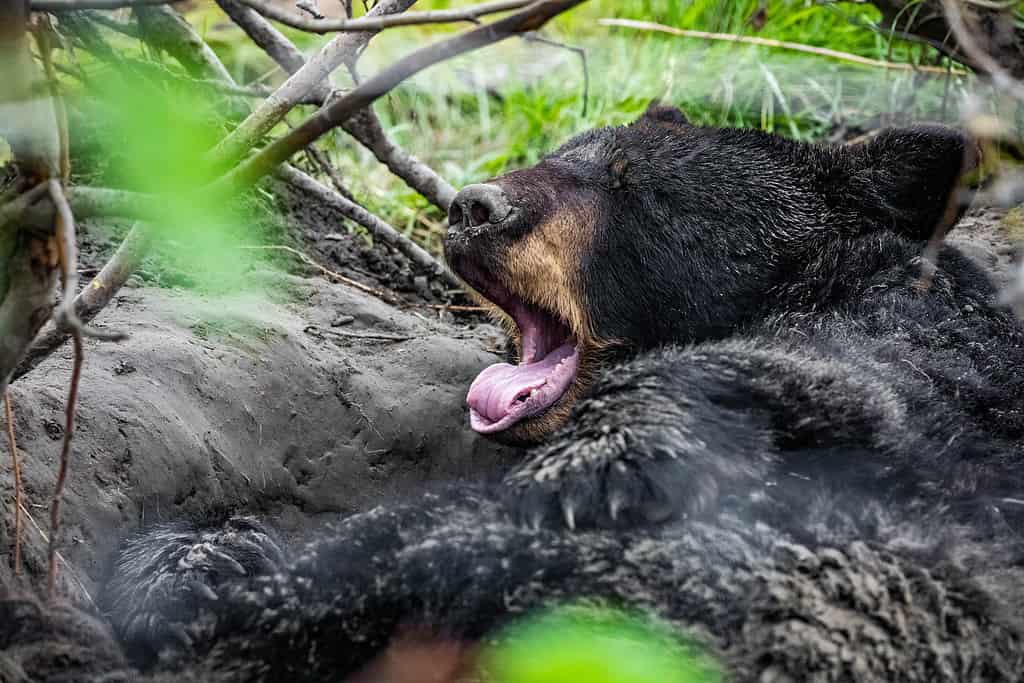
Black bears don’t technically hibernate. Instead, they enter torpor.
©GummyBone/iStock via Getty Images
Black bears are dormant in winter. They enter the sleep state, torpor, which is similar to hibernation but allows bears to wake up to give birth or evade nearby danger. However, droughts and other weather changes can alter their seasonal sleep schedule. Dry summers resulting in food shortages can send black bears into an early slumber, rousing the following spring hungrier than usual.
Females begin denning in October, while males enter the dens in mid-November. That makes a potential bear sighting before warmer temperatures start in April or May rare, but not impossible.
Most bears will be in their dens throughout the winter, but it’s good to know where the largest populations might be sleeping. Below are the places you’re most likely to encounter a bear in Utah this winter.
1. Manti-La Sal National Forest
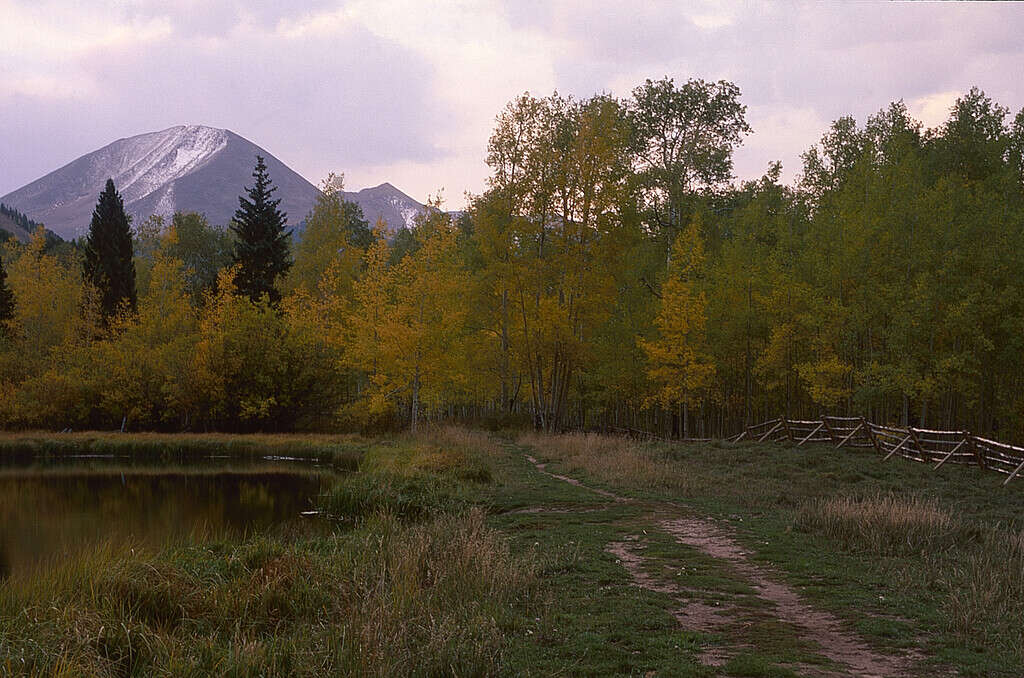
The Manti-La Sal National Forest covers 1.4 million acres.
©Marsha Williamson Mohr/iStock via Getty Images
The Manti-La Sal National Forest encompasses 1.4 million acres of land, covering portions of central to southeastern Utah and Colorado. The forest is made up of three primary regions: the Manti Division, the La Sal Division at Moab, and the La Sal Division at Monticello.
Mountains, high-elevation lakes, and outdoor recreation opportunities bring many people to the sprawling forest. The remote Abajo Mountains and Elk Ridge, in particular, are abundant with wildlife. The densest black bear population roams the foothills and canyons of the La Sal Mountains. You can also encounter mountain lions and mule deer in the sacred region of the Colorado Plateau.
2. Wasatch Front
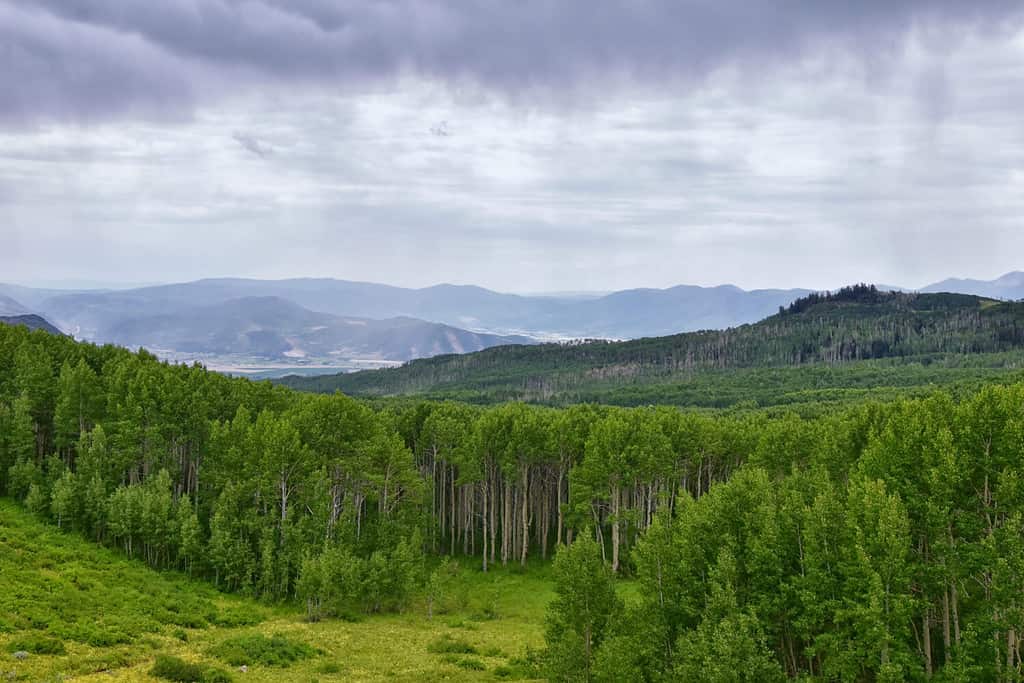
A significant portion of Utah’s population lives along the Wasatch Fault.
©Jeremy Christensen/Shutterstock.com
The Wasatch Front is within the Manti-La Sal National Forest area and is one of the places you’re most likely to encounter a bear in Utah this winter. The swath of land stretches from Brigham City to Provo, including Salt Lake City. An estimated 80% of the state’s population lives here. The unique area includes the incredible 11,000-foot-high Wasatch Mountains and the active Wasatch Fault.
According to the Utah Division of Wildlife Resources, bear populations in the state may be increasing. As a result, encounters with black bears have increased in the Wasatch Front since 2019. The more people living and camping alongside the mountains or in the foothills, the higher the chances are of encountering a scavenging bear.
3. Uinta-Wasatch-Cache National Forest

Grizzly bears used to live in the Uinta-Wasatch-Cache National Forest.
©Jon Bilous/iStock via Getty Images
Old Ephraim was one of Utah’s last grizzly bears (Ursus horribilis). He was a 10-foot-tall behemoth, weighing 1,100 pounds. In addition to his size, he was recognized for his distinctive tracks along the Cache Valley in the Uinta-Wasatch-Cache National Forest. Two decades after his death in 1923, black bears were the only bear species inhabiting the untamed Utah wilderness.
Today, black bears are becoming more active in the Uinta-Wasatch-Cache National Forest. Reports of “nuisance behavior,” such as rummaging through campsites and garbage cans, have increased over the last few years. In 2019, a bear scratched a young boy in Hobblecreek Canyon. Common bear sightings can indicate some bears are no longer frightened of humans, increasing the chances of dangerous bear encounters.
4. Boulder Mountains
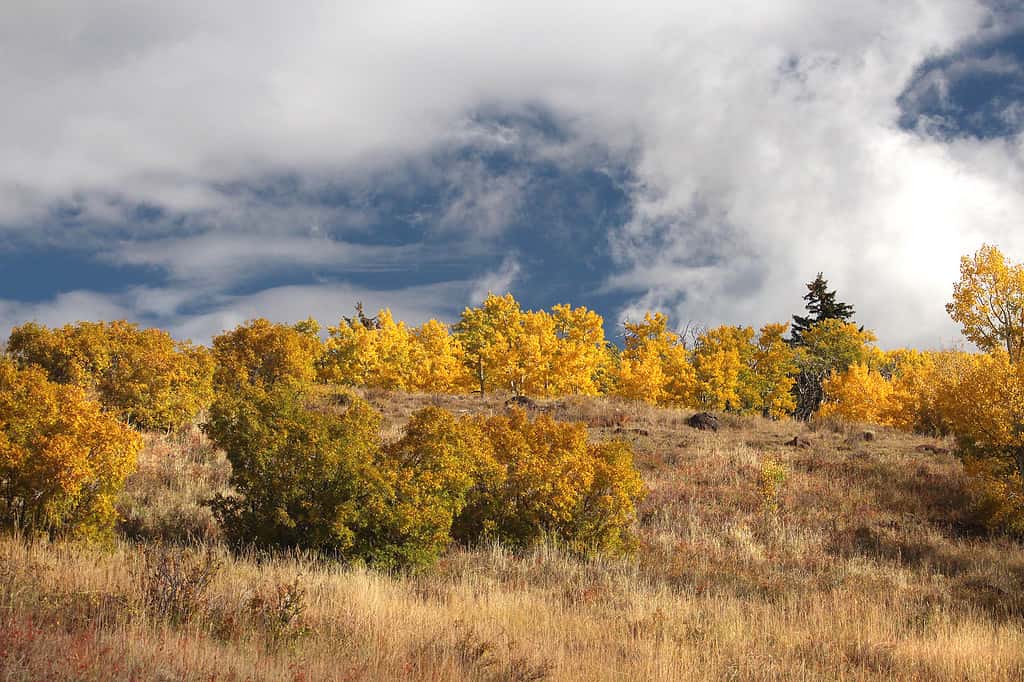
The alpine lakes scattered around the Boulder Mountains are filled with brook trout.
©ALAN SCHMIERER / CC0 – License
The Boulder Mountains have dozens of alpine lakes full of fish, most commonly brook trout. In addition to being a popular fishing spot, the cliffs and steep slopes of the Boulder Mountains attract hikers and campers. The 50,000-acre forested mountain area is also home to elk, mule deer, mountain lions, and black bears, which outdoor enthusiasts frequently spot in the rolling forest.
5. Book Cliffs
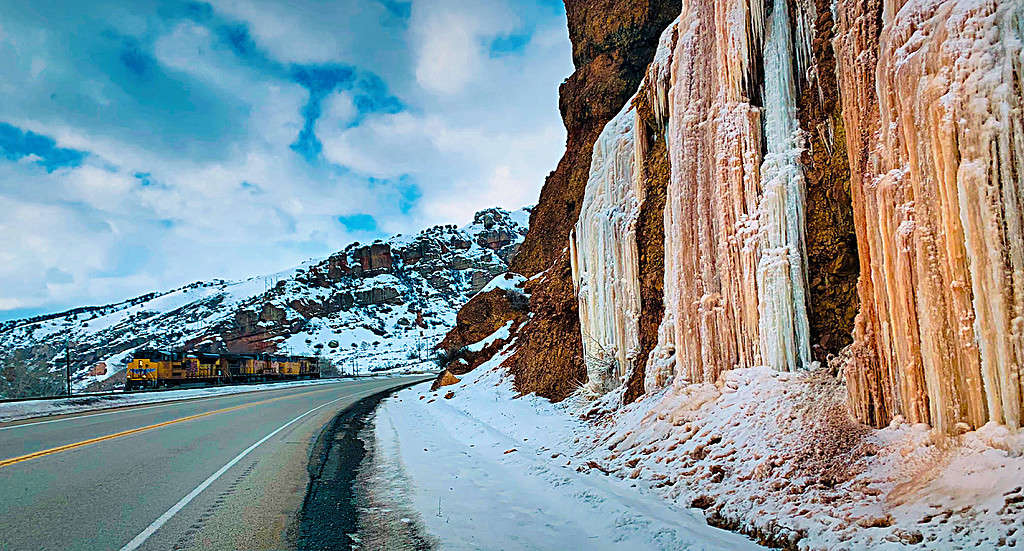
The Book Cliffs resemble a bookshelf.
©pamelasphotopoetry/iStock via Getty Images
Book Cliffs is another area where you’re most likely to encounter a bear in Utah this winter. The 1.2-million-acre series of desert mountains and cliffs starts at the Wasatch Plateau and reaches the Grand Junction, also known as “Little Book Cliffs,” in Colorado. They resemble a bookshelf, hence the cozy name. The Bookshelf Cliffs are home to abundant wildlife, including a herd of 400 bison, hawks, antelope, mountain lions, and, of course, black bears.
6. Tushar Mountains
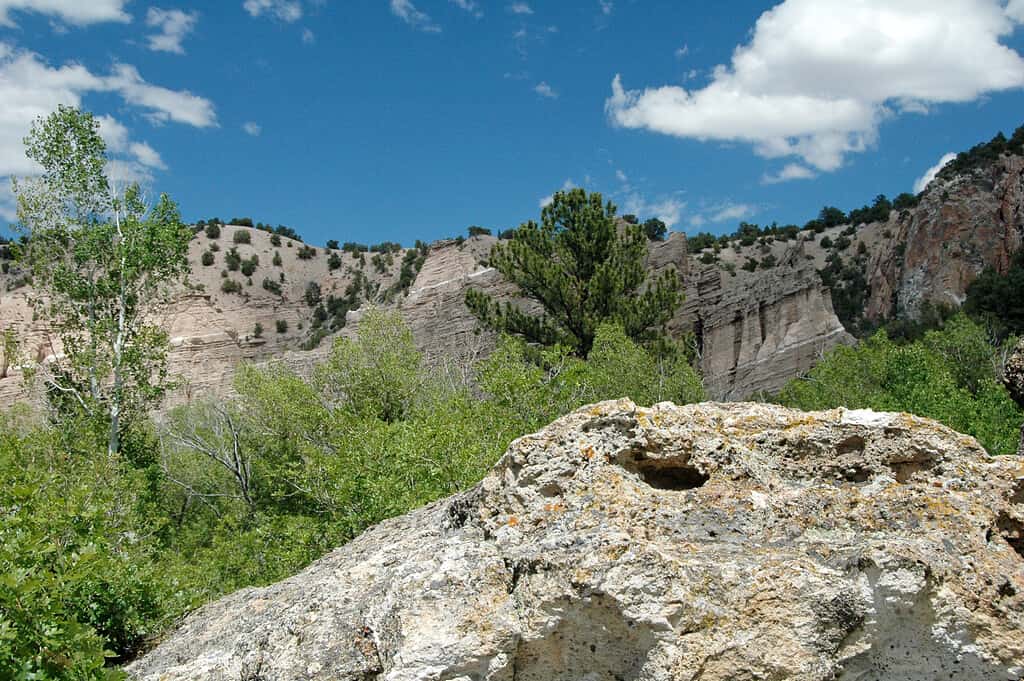
The Tushar Mountains are the third-largest mountain range in Utah.
©James St. John / CC BY 2.0 – License
The Tushar Mountains are outside of Beaver, where it’s also common to see bears, rising 12,000 feet in elevation. They’re known for offering an unforgettable alpine experience and abundant plant species. They’re also the third-largest range in Utah. The rugged landscape in south-central Utah is teeming with wildlife, including large populations of mule deer, rocky mountain elk, black bears, and mountain lions.
7. Canyonlands National Park

The Canyonlands National Park is Utah’s largest national park.
©Wirestock/iStock via Getty Images
Southeast Utah is part of bear country, so it’s no surprise you can encounter them in the Canyonlands National Park. Some come to the park from the Abajo Mountains and travel along the Colorado River or its tributaries.
The remote Canyonlands National Park is 337,598 acres of land and water, making it Utah’s largest national park. The area is divided into three regions: Island in the Sky, The Needles, and The Maze. Over the years, more black bears have been spotted near the Needles backcountry to access camper’s food.
The Canyonlands aren’t the only canyons where the elusive black bears are spotted. Sightings have occurred outside of Zion National Park in the Salt Creek Canyon.
Wherever there are mountains and dense forests, it’s safe to assume there may be black bears.
How to Help Keep Bears in Utah Safe This Winter

Bears can temporarily emerge from their dens during winter.
©Critterbiz/Shutterstock.com
Bears are omnivores, meaning they eat plants and animals. They don’t have to hunt for meat like mountain lions but will if something easier is unavailable. Some bears are naturally more aggressive than others, but they don’t usually attack humans to eat them.
A lack of food within their usual parameters means they are eager to eat. Their search causes them to move beyond their typical range, often leading them to human-populated areas. Bears who have been successful in campsites or residential in the past will return to the area. That’s why locking up food, including pet food, is essential.
The best way to stay safe in the places you’re most likely to encounter a bear in Utah this winter is to follow Utah bear safety guidelines.
The photo featured at the top of this post is © Suzan Johnson/iStock via Getty Images
Thank you for reading! Have some feedback for us? Contact the AZ Animals editorial team.







